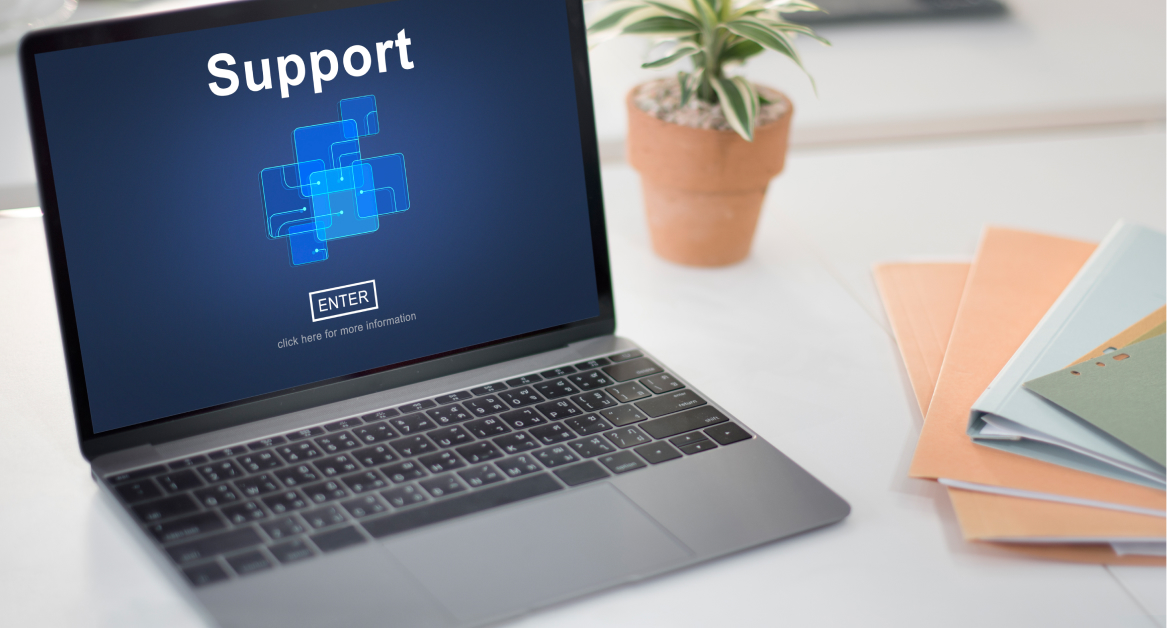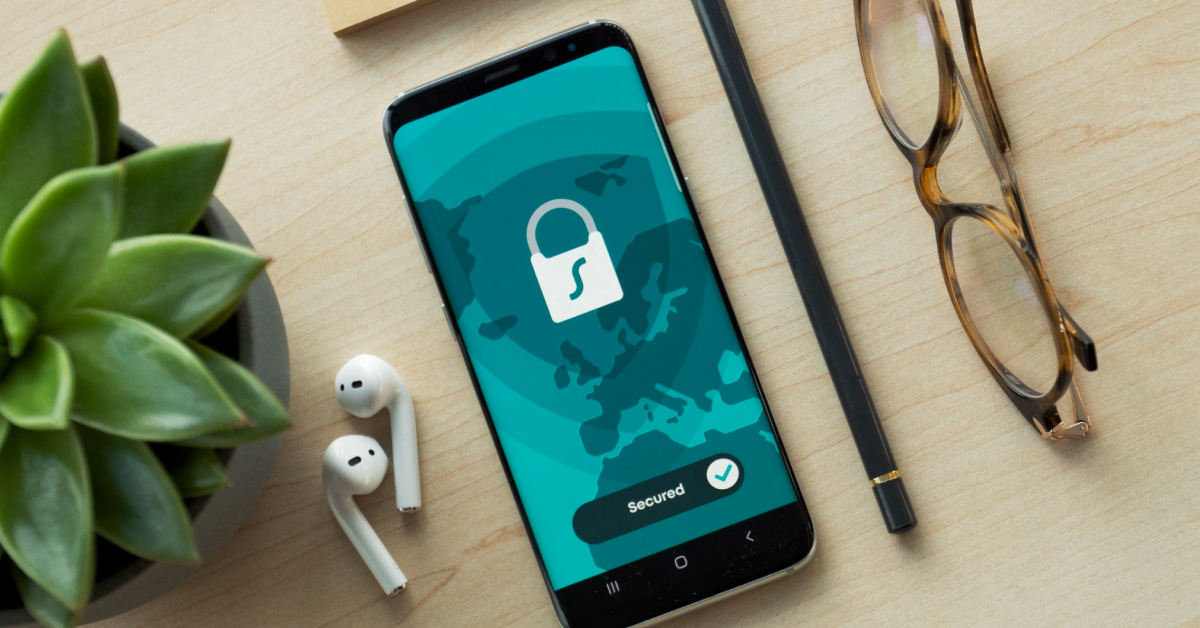If your startup has remote or hybrid teams, equipping everyone with the right devices is a constant headache. Do you invest a large sum in buying hardware? Or do you rent IT equipment in Australia instead, avoiding upfront costs and the hassles of maintenance?
Renting often wins—especially for growing businesses. It lets you get laptops, desktops, and accessories fast, stay up to date with tech, and dodge many hidden costs that owning brings.
In this article, we’ll guide you through what to consider when choosing an IT equipment rental provider in Australia, explore when renting makes sense versus buying, and more.
Why rent IT equipment instead of buying?
Running a startup, especially with remote or hybrid teams, means every dollar and every laptop counts. Renting IT equipment in Australia can often make more sense than buying outright.
Here’s why:
Lower upfront cost & improved cash flow
- Buying computers, servers, accessories—these add up fast. If you purchase everything for a distributed team, that’s a big cash outlay. Renting spreads that cost out.
- For cash-strapped startups, freeing up capital means you have more to invest in growth (product development, hiring, marketing) rather than tied up in hardware.
- Predictable expenses help with budgeting. Rather than unpredictable repair bills or depreciation, you know what your rental payments will be.
Access up-to-date technology & avoid obsolescence
- Tech changes quickly. What feels “fast” now—laptop specs, displays, connectivity—might feel sluggish in a couple of years. Renting lets you upgrade more often.
- When rental terms end, you can swap for newer models. This keeps your team productive, not stuck with outdated gear.
- In Australia, device lifecycle matters because the global supply chain and shipping delays can make older stock linger. Renting bypasses long lead times for procurement.
Reduced maintenance burden & support included
- When you own equipment, you handle repairs, warranties, replacement, software updates, support. That drains time from your IT team (if you have one).
- Most rental providers in Australia bundle maintenance & support. If a device fails, they replace, repair, or loan you a device.
- Having fewer tech maintenance surprises means less downtime, which means your team can stay productive.
Flexibility & scalability
- Startups rarely have stable growth paths. You might hire quickly one quarter, then scale back. Renting gives you the flexibility to scale up or scale down devices as needed.
- For temporary projects, contractors, or short-term hires, renting is perfect. You don’t need to commit long-term.
- It lets you test new technology or hardware models before committing to them long term. E.g., try different laptop brands, or try slightly higher specs to see if it really helps productivity.
Tax, financial & accounting advantages
- Rental payments are often treated differently in accounting than capital purchases. In many cases, they are deductible as operational expenses. That can help reduce taxable income.
- Buying hardware means depreciation over time, which is less attractive for short-lived tech (laptops, portable devices) because by the time you’ve depreciated them, they may already be slow or outdated.
- Leasing or renting helps preserve working capital. It also keeps balance sheets cleaner in some cases, because you’re not carrying huge capital assets or liabilities.
Faster procurement & deployment
- Buying involves long vendor evaluations, quoting, shipping, customs (if importing), configuring, distributing. That takes weeks (or more).
- Renting lets you get devices faster—preconfigured, delivered, ready for work. Especially useful in distributed teams or when you need to mobilize people quickly.
- It reduces delays in onboarding. New hires can get their devices quickly without the procurement bottleneck.
Risk reduction
- You avoid risks tied to ownership: hardware failures, technology becoming obsolete, resale value dropping unexpectedly.
- You also reduce the risk of overinvesting in gear you don’t actually need long term. If your team size drops, you aren’t stuck with extra devices.
- Environmental risk, too: outdated devices need disposal or recycling. Rental providers often handle end-of-life properly, making compliance easier.
Renting IT equipment in Australia isn’t perfect in every case, but many startups and hybrid teams find it gives more agility, less financial pain, and more up-to-date hardware.
What to consider when choosing an IT equipment rental provider in Australia
Not all rental providers are created equal. The wrong choice could mean delays, poor support, or devices that slow your team down. If you’re looking at IT equipment rental in Australia, here are the key factors to weigh before signing a contract:
Range of devices and accessories
- Does the provider offer a wide selection—laptops, desktops, monitors, headsets, routers, and accessories?
- Can they source from major brands like Apple, Dell, Lenovo, or HP?
- A broad catalogue means you can match the right device to each role instead of a one-size-fits-all approach.
Quality and reliability of hardware
- Are devices tested and certified before shipping?
- Do they provide new or refurbished equipment? If refurbished, is it business-grade quality?
- Reliability matters because downtime costs you far more than the rental fee.
Speed of procurement and delivery
- How quickly can they deliver devices across major Australian cities—Sydney, Melbourne, Brisbane, Perth—as well as regional areas?
- Do they provide real-time tracking so you know when gear will arrive?
- For distributed teams, speed is critical. A new hire waiting two weeks for a laptop is two weeks of lost productivity.
Flexibility of rental terms
- Can you rent short-term for contractors or long-term for core staff?
- Are you locked into rigid contracts, or can you scale up and down as your team changes?
- Flexible terms are vital for startups, which often face unpredictable growth.
Support and maintenance
- What happens if a device breaks? Do they repair it quickly or offer a loaner device?
- Is IT support included in the package, or do you need to pay extra?
- A strong support plan saves you from scrambling when hardware fails.
Security and compliance
- Does the provider handle secure data wiping when equipment is returned?
- Do they integrate security policies (encryption, access control, software compliance) into the devices?
- With today’s cyber risks, especially for remote teams, security cannot be an afterthought.
Pricing transparency
- Are rental costs clearly broken down—device fees, maintenance, insurance, delivery?
- Any hidden charges for upgrades, replacements, or early termination?
- Transparent pricing helps you budget without surprises.
Geographic coverage
- If your startup expands beyond Australia, can the provider support you in Asia Pacific or globally?
- Multi-region coverage avoids the hassle of juggling multiple vendors as you scale.
The right partner doesn’t just supply devices. They act as an extension of your IT team—handling logistics, security, and support so your people can focus on building the business.
When should you buy or rent IT equipment?
The decision between renting and buying isn’t always black and white. Both approaches can work—depending on your company’s size, stage, and long-term plans. Here’s a practical way to think about it.
When renting makes more sense
- Fast-growing teams
If you’re scaling quickly, renting helps you onboard new employees fast without waiting weeks for procurement. - Remote and hybrid workforce
For teams spread across Australia—or even across Asia Pacific—rental providers can ship devices directly to employees, saving your IT team the headache. - Short-term projects or contractors
Renting is ideal when you only need equipment for a fixed time. Once the project ends, you return the devices instead of keeping unused assets. - Cash flow matters
If you’d rather keep your capital for growth activities (hiring, product development, marketing), renting avoids large upfront costs. - Need to stay current
Technology ages fast. Renting gives you access to the latest devices and makes upgrades easy without worrying about reselling old hardware.
When buying makes more sense
- Stable, predictable headcount
If your team size is steady and you plan to use the same hardware for several years, buying may be more cost-effective over the long term. - Custom configurations required
Some businesses need very specific device setups. Buying lets you fully customize machines without depending on a rental provider’s catalogue. - Long usage cycles
If you typically keep devices for four to five years and have in-house IT support, ownership could save money. - You want full control
Buying means you own the hardware and decide exactly how it’s used, maintained, or resold.
A blended approach works best for many startups
Many companies in Australia use a hybrid strategy:
- Rent equipment for contractors, new hires, or fast-scaling teams.
- Buy for long-term employees in core roles where hardware usage is stable.
This balance gives you flexibility while keeping long-term costs under control.
Laptop procurement made easier with Esevel
Whether you decide to rent or buy IT equipment in Australia, one challenge remains: making the process smooth, fast, and secure for your team.
That’s where Esevel steps in.
Esevel takes the pain out of equipping hybrid and remote teams. Instead of worrying about logistics, inventory, or device security, you focus on growing your business—while we handle the rest.
If your company is considering IT equipment rental in Australia, or just looking for a smarter way to manage IT, let Esevel be your trusted partner.
👉 Ready to simplify laptop procurement and IT management? Learn more about Esevel today
FAQs about IT equipment rental in Australia
1. What types of IT equipment can I rent in Australia?
Most providers offer laptops, desktops, monitors, networking gear, and accessories like keyboards, headsets, and webcams. Some also provide servers, tablets, and mobile devices depending on business needs.
2. Is renting cheaper than buying IT equipment?
It depends on how long you plan to use the devices. Renting avoids upfront costs and often includes maintenance and support. For short-term use or fast-scaling teams, renting is usually more cost-effective. For stable, long-term needs, buying may save money.
3. How quickly can equipment be delivered?
In major cities like Sydney, Melbourne, and Brisbane, devices can often arrive within a few days. Some providers also deliver to regional areas, though timelines may be longer. Always confirm delivery times with your provider.
4. What happens if a rented laptop breaks?
Most rental contracts include repair or replacement. Some providers also supply loaner devices so your employees don’t lose productivity while waiting for a fix.
5. Can rental providers help with security and compliance?
Yes. Leading providers offer data wiping, encryption, and pre-configured devices with security policies applied. This ensures your rented devices meet compliance requirements and keep company data safe.6. Can I rent IT equipment if my team is outside Australia?
Many providers operate globally. For example, Esevel can deliver laptops and accessories in more than 88 countries, making it ideal if you’re growing across Asia Pacific.







